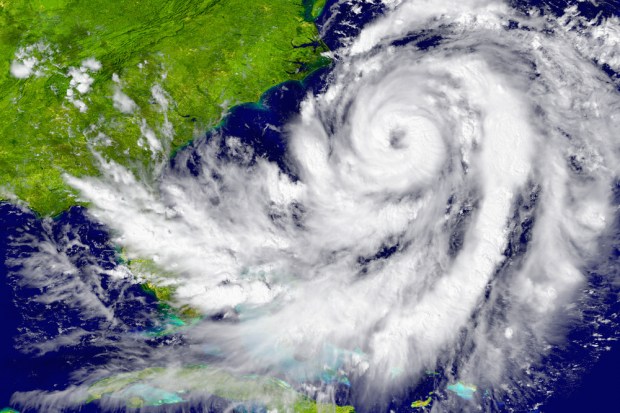What Hurricanes Can Mean For Retailers

As the destructive effects of Hurricane Harvey, which hit land in Texas on Friday, continue to become apparent, both consumers and businesses are seeing the impact of the storm and may continue to have issues for weeks, months or even years because of its damage. After Hurricane Katrina hit Louisiana in 2005, residents in the area continued to deal with damage from the storm a decade later.
Although everyone is hoping Harvey doesn’t cause anywhere near the devastation Katrina did, it’s likely the storm will impact consumers and businesses in Texas and elsewhere along its path. While it’s impossible to predict the effects the hurricane will have on retail, a review of the damage from previous storms can shed some light on how hurricanes have historically affected retail businesses.
Does Stocking Up Help The Bottom Line?
Whenever the word “hurricane” is mentioned, Americans universally envision long lines at supermarkets, home improvement stores and other retail locations, and the assumption is these retailers are raking in money before storms hit. However, the impact to retailers after the storm can be damaging enough to far outweigh any higher income seen prior to a storm.
Following Hurricane Sandy, which hit the coast of New Jersey in 2012, the net decrease in direct retail spending in the state came in at $46.8 million, according to the Economic Impact of Hurricane Sandy report, published by the U.S. Department of Commerce. Of that, $32.1 million was from groceries, $8.4 million came from apparel, leather and allied product manufacturing and the remaining $6.3 million was from motor vehicle fuels, lubricants and fluids.
When Hurricane Matthew hit the east coast last year, retail sales at clothing stores fell by 6.8 percent, according to Federal Reserve data. “Using anonymized daily transaction aggregates at the state level, we estimate that Hurricane Matthew had noticeable negative effects on retail sales group spending in the affected areas in October 2016,” the Federal Reserve report said. “We find little evidence that the shortfall in this category of spending is made up in the days prior to and after the storm, suggesting an overall net loss in sales due to the hurricanes.”
Retailers Can Mitigate Losses
Although hurricanes can negatively impact retailers, there are some strategies stores can use to mitigate the fallout from these storms. First, retailers must stay on top of weather trends and anticipate certain times of year when a rush is expected. Knowing when hurricane season is — or when a region’s blizzard season may be — can help retailers in affected areas prepare appropriately.
Once a retailer knows a storm is on the way, it should order extra supplies to prepare. Grocers typically need extra batteries, bottled water, bread and other necessities, while home improvement stores will typically need to stock up on things like tarps, generators and flashlights, SPS Commerce reports.
In addition, retailers must remember to protect their businesses just as consumers would protect their homes. Stores already losing income to hurricanes typically can’t afford to then be closed for an extended period due to damage, RestorationSOS advises. Any precaution a retailer can take should be put into action, including purchasing generators and boarding up windows.
One last piece of advice: To all of the consumers, retailers and retail staffers braving the streets during the current hurricane season, stay safe out there!